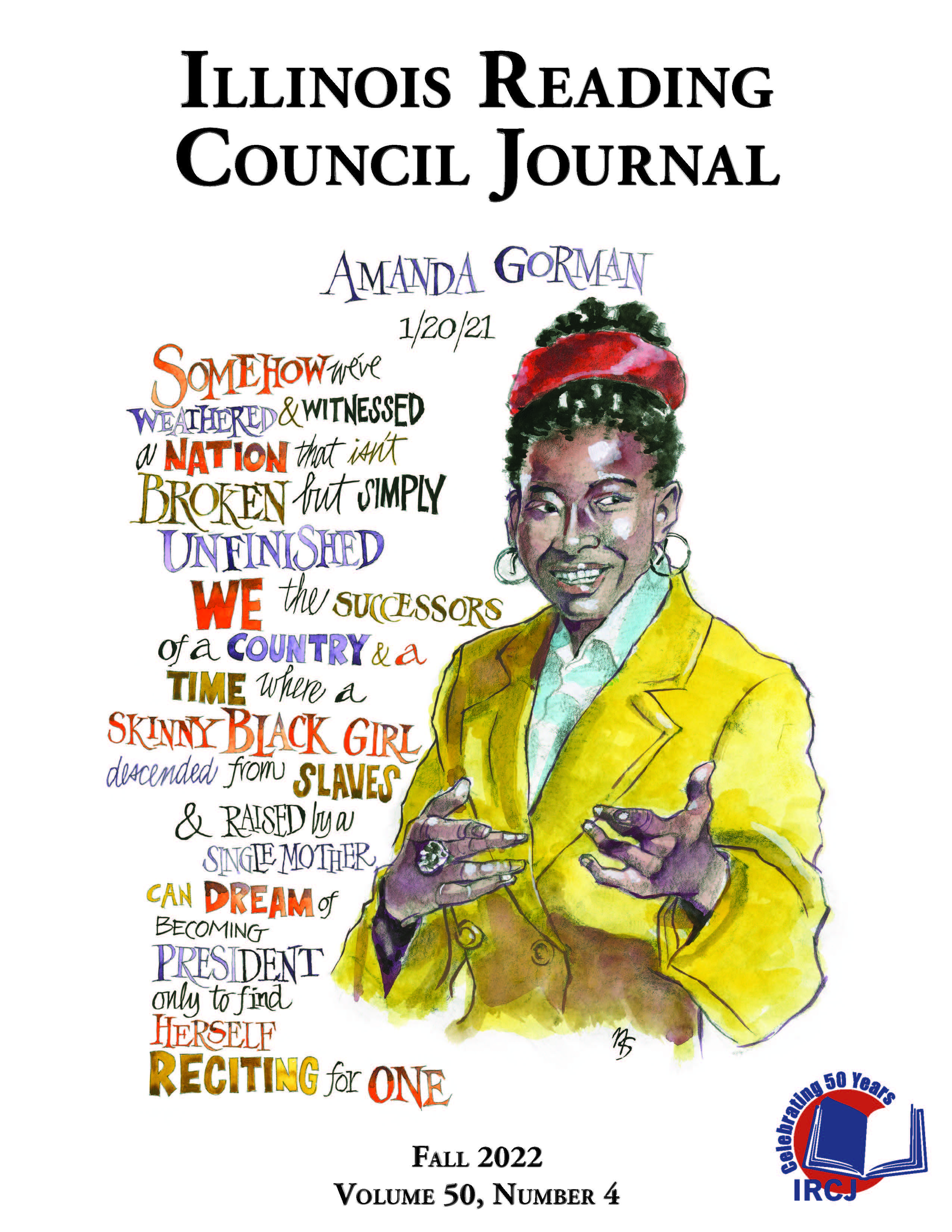 |
Student Engagement in Classroom Read-Alouds: Considering Seating and Timing
By Kathleen A. Paciga, Jennifer G. Lisy, William H. Teale, and Jessica L. Hoffman
Document: Article
Introductory Paragraph: Both qualitative and quantitative research studies have shown that early childhood classroom read-alouds build a range of important early literacy knowledge and skills for young children (Mol et al., 2009; U.S. Department of Education & What Works Clearinghouse, 2007; Van Kleeck et al., 2003). Reading aloud to preschool, kindergarten, and 1st-grade children has been featured as a desirable, research-based instructional practice in federal policy documents (e.g., National Early Literacy Panel, 2008) and federally funded literacy professional development efforts (e.g., Early Reading First, Reading First), as well as by reputable professional organizations (International Reading Association & National Association of the Education of Young Children, 1998).
The read-aloud has been a common activity in all of the preschool, kindergarten, and 1st- grade classrooms in which we have worked over the past 20 years, but it should also be remembered that research and extensive observations by early childhood professionals have made it clear that there are more and less effective ways of reading to children (Brabham & Lynch-Brown, 2002; Dickinson & Smith, 1994; Teale, 2003; U.S. Department of Education & What Works Clearinghouse, 2007). This research base indicates that it is useful for instructional purposes to think of the read-aloud activity as having three main parts: (1) before, (2) during, and (3) after reading the book. Numerous books, journal articles, teacher websites, and other professional resources focused on teaching methods contain suggestions for how teachers can support children during each part of the read-aloud to make it an “effective” practice. We surveyed a wide range of and compiled repeatedly appearing recommendations for read-aloud time in the early childhood classroom.
DOI: https://doi.org/10.33600/IRCJ.50.4.2022.38
Page Numbers: 38-46
|


